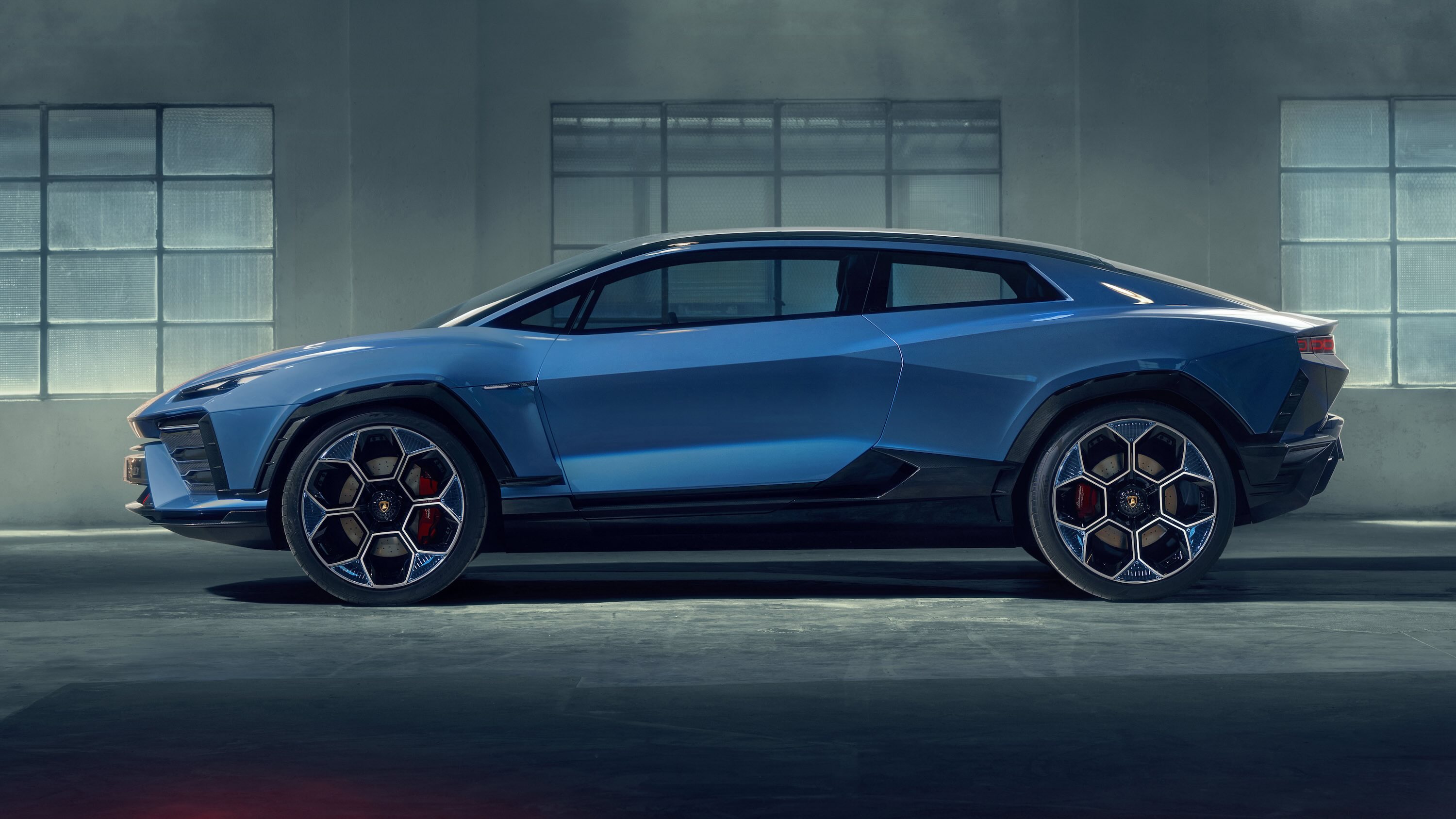
Artikel
22
januari
Lamborghini licenses MIT’s new high-capacity, fast-charging organic battery tech
Lithium-ion batteries have come a long way, but in many ways they haven’t come far enough.
They charge faster than ever before, but there’s still room for improvement. The materials they’re made of, particularly cobalt and nickel, are pricey and problematic. Researchers have been scrambling to find alternative materials, from manganese to sodium. Now they might have another: TAQ.
Unlike nearly every other lithium-ion battery chemistry, TAQ is an organic compound — not the free-range hippie type, but the kind made primarily of carbon. Researchers have been investigating organic materials as cathodes, the negatively charged part of the cell, because they could store more energy at lower cost. But so far, candidate materials haven’t been very durable because they tend to dissolve in the liquid electrolytes commonly used in the industry today.
The new material doesn’t dissolve in two widely used electrolytes, and it sports an energy density that’s 50% better than one of the most common lithium-ion battery chemistries in use today, nickel-manganese-cobalt (NMC).
TAQ, short for bis-tetraaminobenzoquinone, is composed of carbon, nitrogen, oxygen and hydrogen arranged in a row of three neighboring hexagons. The structure is similar to that of graphite, which is almost universally used today as an anode material (the positive terminal). Each TAQ molecule is attracted to up to six others through hydrogen bonds, which aren’t as strong as other bonds but are sufficient to create a nearly flat sheet of the stuff that can be layered atop each other with the holes storing lithium ions.
The material was discovered by Tianyang Chen and Harish Banda while they were working in the lab of Mircea Dinc?, a professor at MIT who has a partnership with Lamborghini to help the hypercar manufacturer electrify its lineup. Lamborghini, which previously used a supercapacitor developed in Dinc?’s lab in its Sian model, has licensed the patent on the material.
What's your reaction ?
Follow us on Social Media
Some Categories
Recent posts

July 27, 2024
Nieuwe kabinetsvisie: samen sterker tegen cyberdreigingen

July 24, 2024
Navigating AI Implementation: Try these strategies to overcome resistance.

July 24, 2024
Sick Leave Policy Netherlands Guidance for HR and Entrepreneur.

July 24, 2024
CSRD Reporting: Mandatory Reporting on Corporate Sustainability.

July 24, 2024
Training Budget: Investing in Employee Development.

 Inloggen
Inloggen
 Registreren
Registreren






Comments (0)
No reviews found
Add Comment